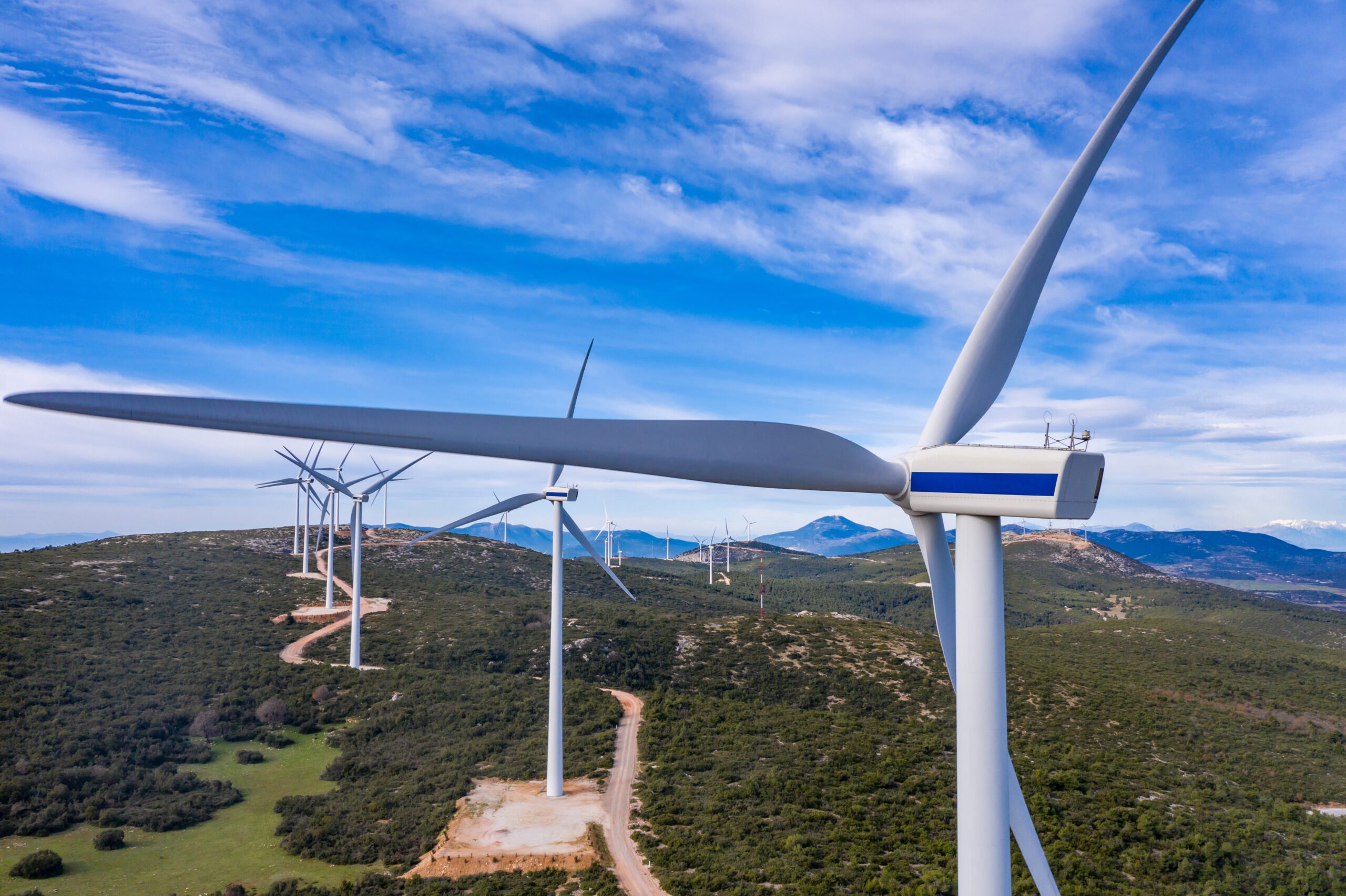The world is constantly evolving and environmental concerns have become increasingly important in recent times. Renewable energy has emerged as a major player in the world of energy, offering a sustainable and cleaner alternative to traditional fossil fuels. Understanding your renewable energy options is essential in the context of the global energy landscape. From solar to wind to geothermal, there are a variety of renewable energy sources available that can reduce our dependence on non-renewable sources. However, many people still don’t know enough about them. If you want to learn more, keep reading for a basic overview of renewable energy options.
What are some of the most common renewable energy options?

Solar power is a renewable energy source that has become increasingly popular in recent years. It harnesses the energy from the sun to generate electricity and can be used for both residential and commercial applications. Many people believe that solar energy is prohibitively expensive, but that couldn’t be further from the truth. In fact, companies like CleanChoice Energy are making it easier than ever to access renewable electricity. You can achieve this by joining a solar farm, which allows you to receive the benefits of using clean energy without the upfront installation cost of your own solar system.
Wind power is another common form of renewable energy that utilizes the power of the wind to generate electricity. Wind turbines, which are large machines with blades that spin in the wind, convert the kinetic energy from the wind into electrical power. This renewable energy source has gained popularity over the years due to its numerous benefits to the environment and the economy. Wind power has the capability to produce energy without any harmful emissions that are often associated with traditional power generation, making them an eco-friendly option.
Other common forms of renewable energy include hydropower, geothermal energy, and biomass energy. Hydropower harnesses the power of moving water to generate electricity, while geothermal energy uses the heat of the earth to produce electricity. Biomass energy converts organic materials like wood, crop waste, and even garbage to generate electricity.
How else can you go green at home?

Now that you know more about some of your renewable energy options, let’s discuss some of the other things you can do to “go green” at home. For example, you might want to upgrade to a smart thermostat. They can be programmed to automatically adjust the temperature based on your schedule and preferences, which can noticeably reduce your energy usage. Your thermostat can also provide you with insights into your energy habits, so you can optimize your energy usage to be as eco-friendly as possible and minimize your carbon footprint.
You should switch to using LED lightbulbs instead of traditional ones if you’re serious about boosting your home’s energy efficiency. These lightbulbs use less energy than traditional incandescent bulbs, which means you’ll save money on your electricity bill and reduce your overall environmental footprint. LED bulbs also have a longer lifespan than traditional bulbs, meaning you’ll have to replace them less frequently and generate less waste. LED bulbs don’t contain harmful materials like mercury either, making them safer for disposal.
As this article demonstrates, renewable energy options are an integral part of the global transition to a more sustainable future. They offer clean, reliable, and cost-effective alternatives to traditional energy sources, while also reducing greenhouse gas emissions. As the demand for renewable energy continues to grow, these options are becoming more and more viable. You can improve your home’s energy efficiency in numerous ways, including upgrading to a smart thermostat and using LED bulbs. If you follow this advice, you can create a home environment that is comfortable and efficient.

